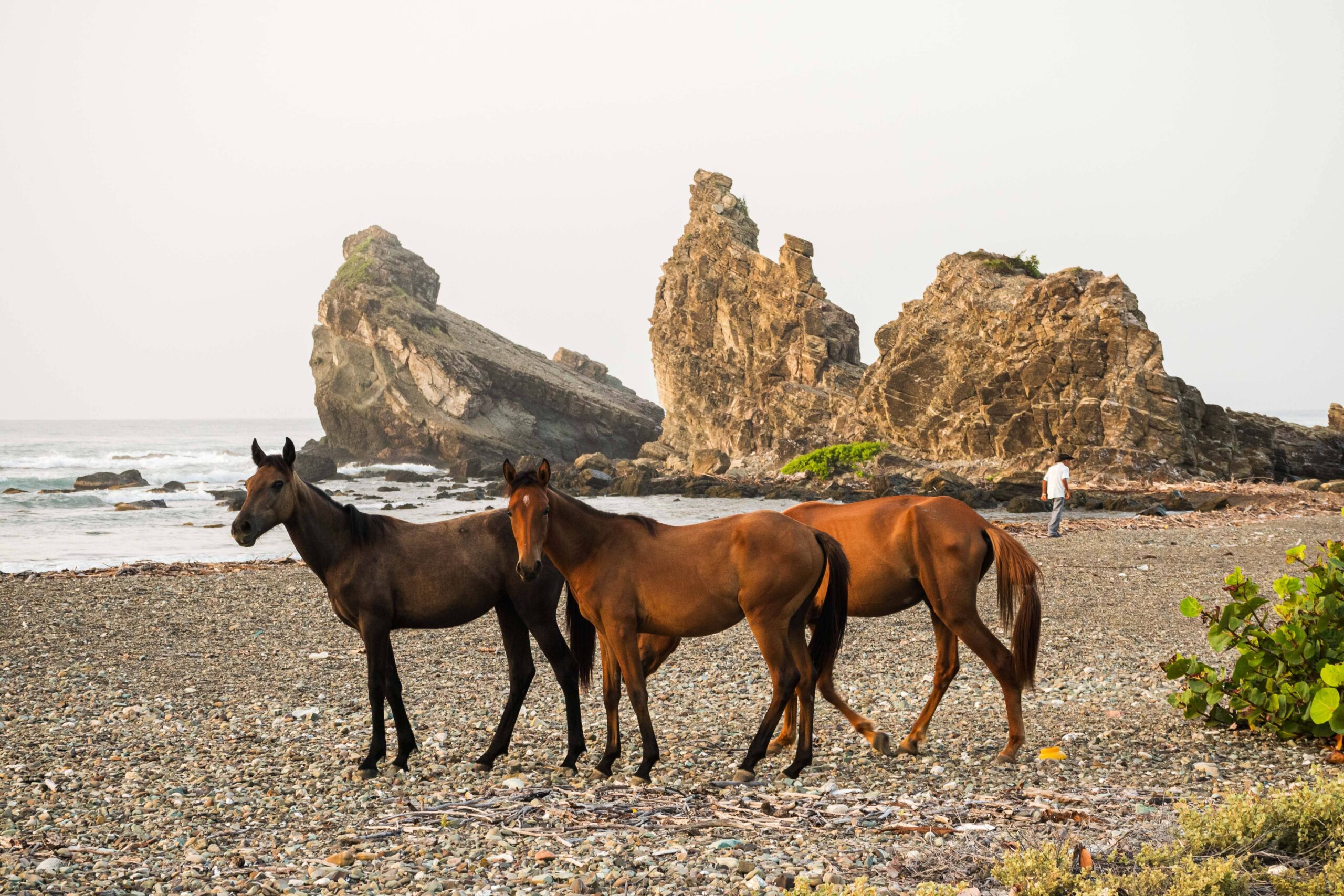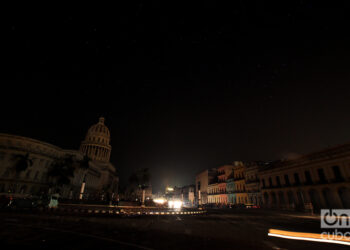As a child, Angel Ramírez dreamed about being a doctor, which is why he used to assemble small bodies with plasticine to “operate on them” afterwards. While chatting with OnCuba he said: “their head had a lot to do with sciences,” and he felt a great inclination towards physics, chemistry and mathematics. But one day, while he was in secondary school – perhaps in 1968 – he found out about the existence of a workshop for visual arts amateurs which was in the populous Galiano Street of Havana.
There he met Armando Posse, an indispensable creator who contributed to the development of engraving in Cuba and who, unfortunately, is not sufficiently recognized or studied. Posse gave him the first basics of making engravings on wood (xylography), and that was the spark that made Ramírez understand that his true vocation was visual arts.
Then came the schools – first the San Alejandro Academy of Fine Arts, and afterwards the National School of Art (ENA) and the Higher Institute of Art (ISA) – places that, one way or another, contributed to his formation and, above all, “equipped him with the essential tools to face the subsequent work.”
For years, Angel immersed himself in the different techniques of engraving – in the Havana Experimental Workshop of Graphics he developed an intense and lively work -, until during the difficult years of the 1990s he was forced to start painting due to a “practical problem,” because traveling from one place to the other in the city was impossible: “the Cuba of the 1990s seemed very medieval, problems were resolved in an artisanal way and the tempo in which people lived was very slow and scarce; all this led me to meditate on the punctual moment we were living or, rather, surviving.”
Then a pictorial work started being born “which had a great deal of engraving” but, as the years went by – although that relationship continues -, Angel’s canvases consolidated their own personality due to the line and compositions, although there is a connection between both manifestations. The word, for example, has started “climbing” onto the work and gives it a great guiding force, because it leads the spectator toward the path that the artist proposes.
Although his creations do not have a religious sense, they assume many of the codes of the medieval imagination that give him the possibility of constructing a proposal full of signs and meanings: “It is an easily recognizable image which manages structures of hierarchy, that is to say, each image has its weight, at times even because of the size…. There are even very large characters and others that are less relevant in the story and appear very small. I use all this to assemble my story.”
More than the images, what the artists also most appropriates is the spirit of the period and of the atmospheres that surrounded them to hand us a proposal that does not speak of remote times but rather of phenomena that happen today in the world and, in particular, in his nation. Thus, another element enters that characterizes his work: the use and the manipulation of a very fine irony with a high dose of humor. There’s no doubt about it, the work of Angel Ramírez is biting, and to try to fully understand it one has to enter his game, become an accomplice and liven up the senses.
With a solid career as an engraver and painter, since a long time ago Angel Ramírez has started flirting with sculpture, a manifestation “which he greatly enjoys” and in which he takes great delight “and takes his time” because it seems he is not in a hurry but rather concerned that the resulting work is refined and the thing is that, in many senses, this man with a shrewd mind and full of articulations, is also an outstanding blue-collar art worker, “good with his hands,” as he has been described. And I emphasize the word blue-collar worker because he is a tenacious worker, an artist that faces every day the bristol board, the canvas or the wood with more than enough impetus and, above all, with the obvious need to throw into those supports all his preoccupations: “the dreamed work is still to be made and, actually, I prefer to have it unfinished because I am fascinated with moving randomly.” Angel Ramírez is surely a creator who is markedly conceptual and contemporary who has a great deal to say and, above all, to question.














